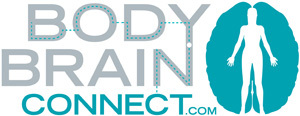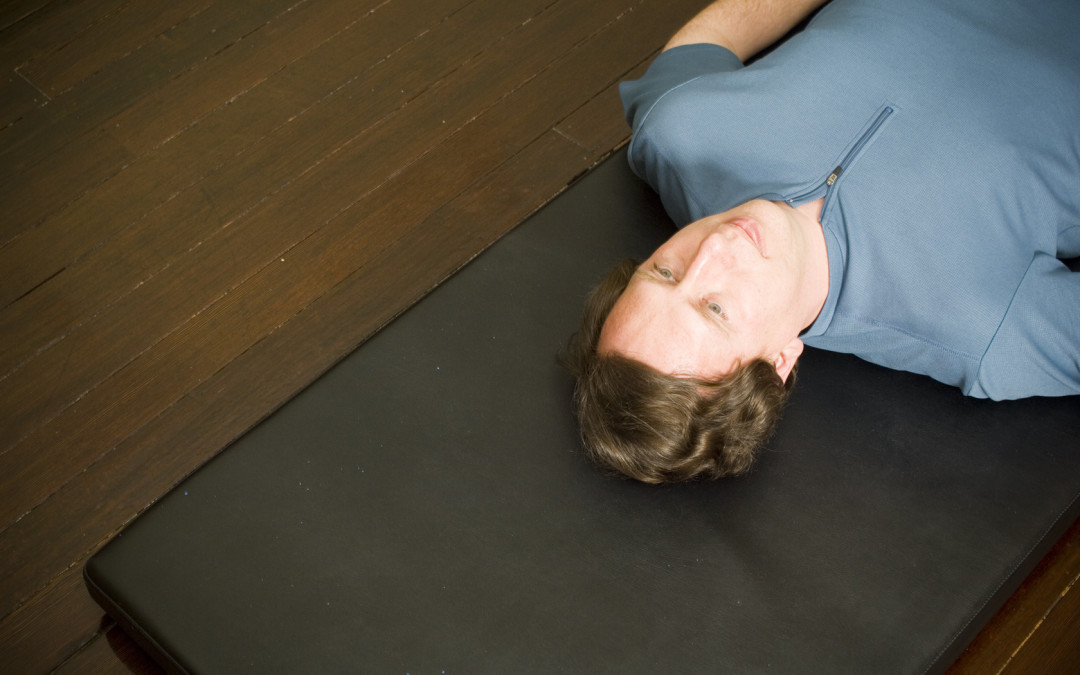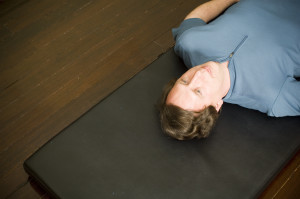How to Sort Out if New Brain-based Approaches can Improve Yoga and Pilates
These are exciting times, as Pilates and yoga studios and other mind-body instructors begin to incorporate the findings from new brain research into their work to improve verbal, visual, imagery and touch-inspired teaching approaches. New brain research is beginning to measure what many experienced mind-body instructors know intuitively. But we must move forward carefully, for the introduction of neuroscience into mind-body work leaves us open to neuromyths—false claims about the brain—that can lead to misinformation, ineffective ideas, and wasted time and money.
As brain-based teaching and fitness programs gain visibility, your clients and students may start asking about them. I anticipate brain fitness products will be aggressively marketed to mind-body educators teaching Feldenkrais, meditation, guided imagery, T’ai Chi, somatics, personal trainers, Yoga and Pilates and other fitness programs. To stay ahead of the curve and not be overwhelmed by “brain based mania,” Body Brain Connect recommends using a four-category framework developed by Lesley Sylvan and Joanna Christodoulou for educators and consumers to guide your evaluation process. I extend this framework to brain fitness and teaching techniques for the Pilates, Yoga and mind-body audience.
The subcategories were developed to show the basis role of neuroscience and its incorporation into brain-based programs. It is important to note a brain-based fitness or teaching technique may fall into more than one category. For example some programs will have conducted credible brain research and others will be inspired by brain-based principles.
1) Brain Supported fitness and teaching techniques lead to
• measurable changes in the brain that are visible with neuro-imaging methods, such as magnetic resonance imaging (MRIs) or positron emission tomography (PET).
• measurable changes in behavior. (Sylvan & Christoduolou, 2010).
Brain Supported fitness and teaching techniques include behavioral and biological research to back up their claims. The best mind-body example of Brain Supported fitness teaching techniques is meditation.
Meditation claims to train your mind and make you feel calmer and react less strongly to stressors. Brain Supported techniques can support their promises with behavioral and biological research. In fact, Harvard research studies suggest significant behavioral changes such as a decrease in stress while at the same time showing biological changes in the amygdala, the place in the brain affiliated with stress and fear. As a Yoga or Pilates instructor you can incorporate meditation into your teaching or practice with the full knowledge that you are teaching a well researched and time-tested technique such as meditation.
2) Brain Derived fitness and teaching techniques created from neuroscientific theories.
A theory called Universal Design for Learning (UDL), for instance, uses neuroscience research to optimize educational environments and delivery to improve learning (Sylvan & Christoduolou, 2010). Movement educators, such as occupational therapists, are trained to make environmental accommodations for children with disabilities in the school environment.
Pilates and Yoga teachers make changes to the environment in the spirit of UDL all the time. Take, for example, a student on the mat who cannot lift his head off the floor to do a sit-up, due to a neck injury. His instructor might change the environment by placing a bolster underneath his shoulders to support his head and upper torso or ask him to keep his head down and work the lower half of the body. These adaptations are not Brain Driven per se, but adapting environments and UDL theory is. The more you can keep up with new developments in neuroscience and learn from these theories, the stronger your Pilates and Yoga work will become.
3) Brain driven fitness and teaching techniques
These use real time neuronal feedback to manipulate brain activity (Sylvan & Christoduolou, 2010). Neuronal feedback, like biofeedback, allows people to train themselves by using monitoring instruments; through conscious work, they are then able to change or adapt physical systems at will. Some research suggests that neuronal feedback can train people with attention deficit hyperactivity disorder and help with pain relief, depression and changing perceptions.
While neuronal feedback is probably not coming to the Yoga or Pilates studio anytime soon, biofeedback has been used for more than 60 years in western societies. In eastern philosophies, yoga and breathing techniques are also a form of biofeedback; with practice, yogis can voluntarily control their physiological processes. As a Pilates or Yoga instructor you can do one of two things to incorporate biofeedback: either work with a trained biofeedback professional or from an eastern perspective, incorporate conscious breath regulation and body awareness. Some companies, such as Wild Divine , offer self-delivered at-home biofeedback as an alternative to biofeedback by a trained professional. Body Brain Connect has not tried this at-home device is neutral about this product.
4) Brain Inspired fitness and teaching techniques are based on principles that are directly or indirectly related to neuroscience.
“For example, a claim that ‘learning is enhanced by challenge and inhibited by threat’ (Caine & Caine, 1994) inspires the design to optimally challenge but not threaten students” (Sylvan & Christoduolou, 2010, p. 3). So, with the new excitement about neuroscience, you may be inundated with claims that certain programs change your brain. But the claims may be more rooted in behavioral changes and psychology than in neuroscience. An example of this is to claim that a “right brained” person is better at learning Yoga or Pilates because the “right brained” person is more creative or spatially oriented. It is true that each hemisphere of the brain has specializations, but to generalize these anatomical differences to movement learning differences pushes the research too far and is more likely to box people into categories than to give helpful insights. There is no brain research that claims there are right and left brained personality traits (OECD, 2007). As a Yoga or Pilates instructor, don’t claim Yoga or Pilates will balance your right and left brain unless the information links you to some relevant research.
In Sum…
Instructors of Pilates, Yoga, and other mind-body practices are being bombarded with brain-based fitness and teaching techniques. You can analyze these programs and filter out what works for you by using these four categories and asking yourself, are they truly based in neuroscience and brain research? If the research can demonstrate biological and behavioral changes, like meditation, you are incorporating a Brain Supported practice that can likely create changes in your brain. If brain fitness or teaching techniques are merely Brain Inspired, they might not be based in neuroscience but rather in psychology or in sciences that are not actually measuring the brain. Before spending money on an expensive brain-based fitness or teaching technique that is meant to improve Yoga or Pilates performance, check it against these categories and decide for yourself. The more you know the more empowered you become.







Interesting article. Biofeedback and Pilates? I would have never expected that, but it could be a fantastic combination as we go forward… especially as people are using Pilates to treat pain symptoms… anything that could be done to strengthen the learning curve of successful movements would be helpful!
I ask this question after reading “Spark” written by a psychiatrist. He contends that exercise requiring focus such as Pilates & Yoga have a beneficial effect on the brain. Many of our exercises are multi-step or can be challenging when thinking about the breath, the position of the spine, the point of stabilization, & the movement. Have you addressed this research?